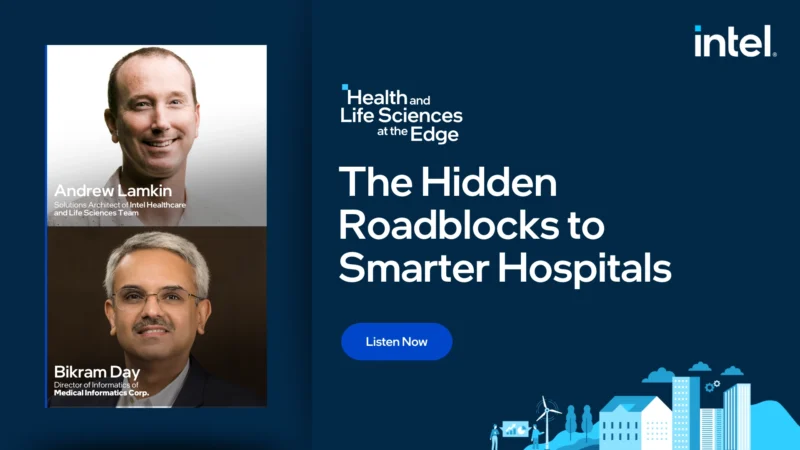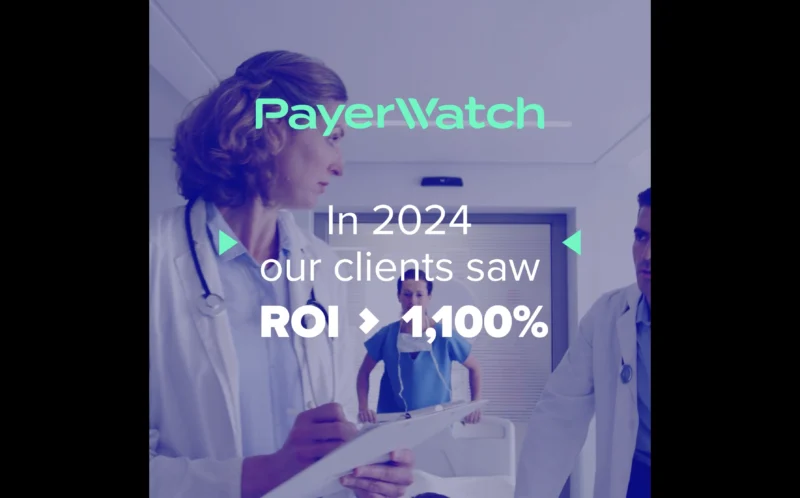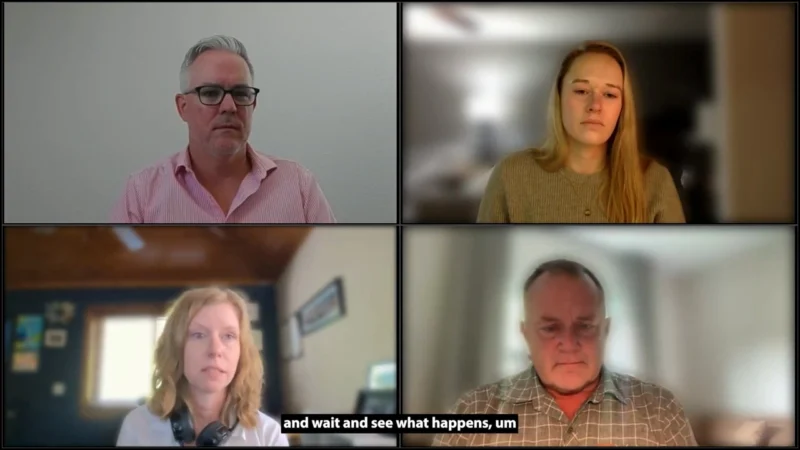Revenue Enhancing Opportunities: The Switch from OCM to EOM
The OCM (Oncology Care Model), launched in 2016, is a payment model designed to help oncology centers transition from the traditional Medicare Fee-for-Service (FFS) payment structure and focus on high-value care.
The EOM (Enhancing Oncology Model) is the next phase model and will replace OCM starting July 1, 2023. EOM will support clinicians caring for patients with seven common cancer types, focusing on health equity and accountable, affordable care.
But what are the revenue-enhancing opportunities in EOM, is it worth the transition from OCM, and what does it actually provide?
On today’s episode of Technology and Oncology Podcast, host Michelle Dawn Mooney speaks with John Elliot, the Vice President of Sales at Carevīve to discuss how oncology centers and clinics can transition from OCM to EOM and how they can get assistance for the process.
Michelle Dawn Mooney and John Elliot discussed:
1. What clients should expect after approval and assistance available to meet the July 1 deadline for launching
2. Benefits of EOM to oncology patients
3. Where people can find more information and assistance on the topic
“Looking at oncology, efficiency is key, however, there are limited constrained resources. 24/7 access to electronic records, having a line of communication, capturing symptoms at the right time, access to care with the focus of addressing challenges in the oncology and health care sector which can improve patient outcome and reduce cost – this is what the EOM aims to achieve. The EOM model bridges the gap of communication and ensures members of the care team are aware of what is happening in real-time, which promotes standardization of care,” explained John Elliot.
John Elliot is the Vice President of Sales at Carevīve. He received his Bachelor of Arts degree in Advertising from Southern Methodist University and his Master of Business Administration from Washington University in St. Louis-Olin Business School. He has over ten years of experience working with oncology centers.




